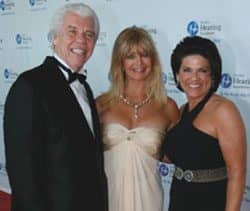AMA Refers Resolution on In-Ear Headphones for More Study at Urging of AAA and NHCA
The American Medical Association (AMA) referred for more study a policy resolution calling for the establishment of regulations that would limit the output of portable musical devices.
Read More


